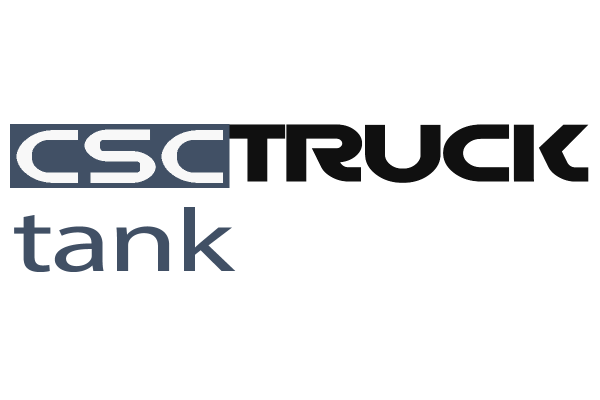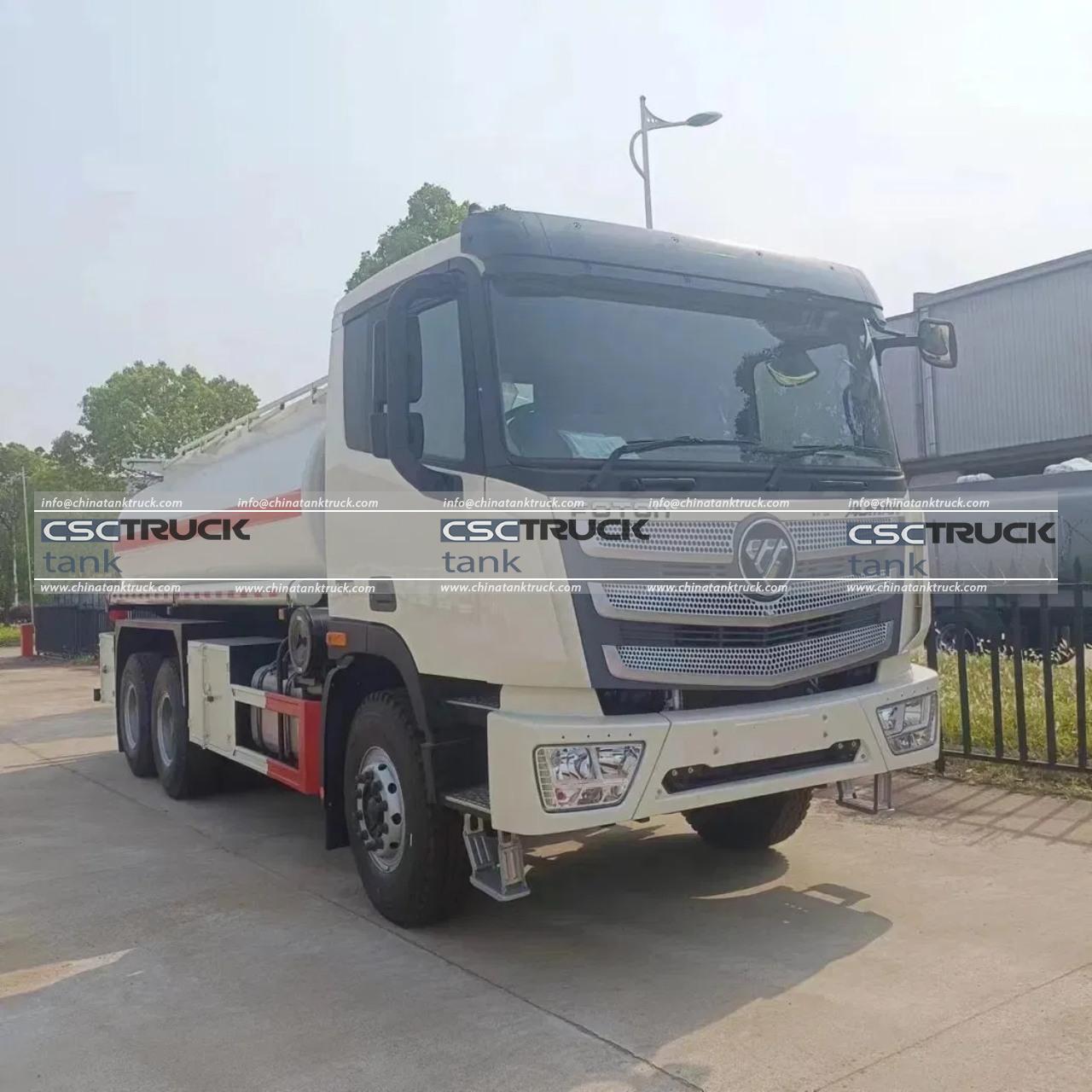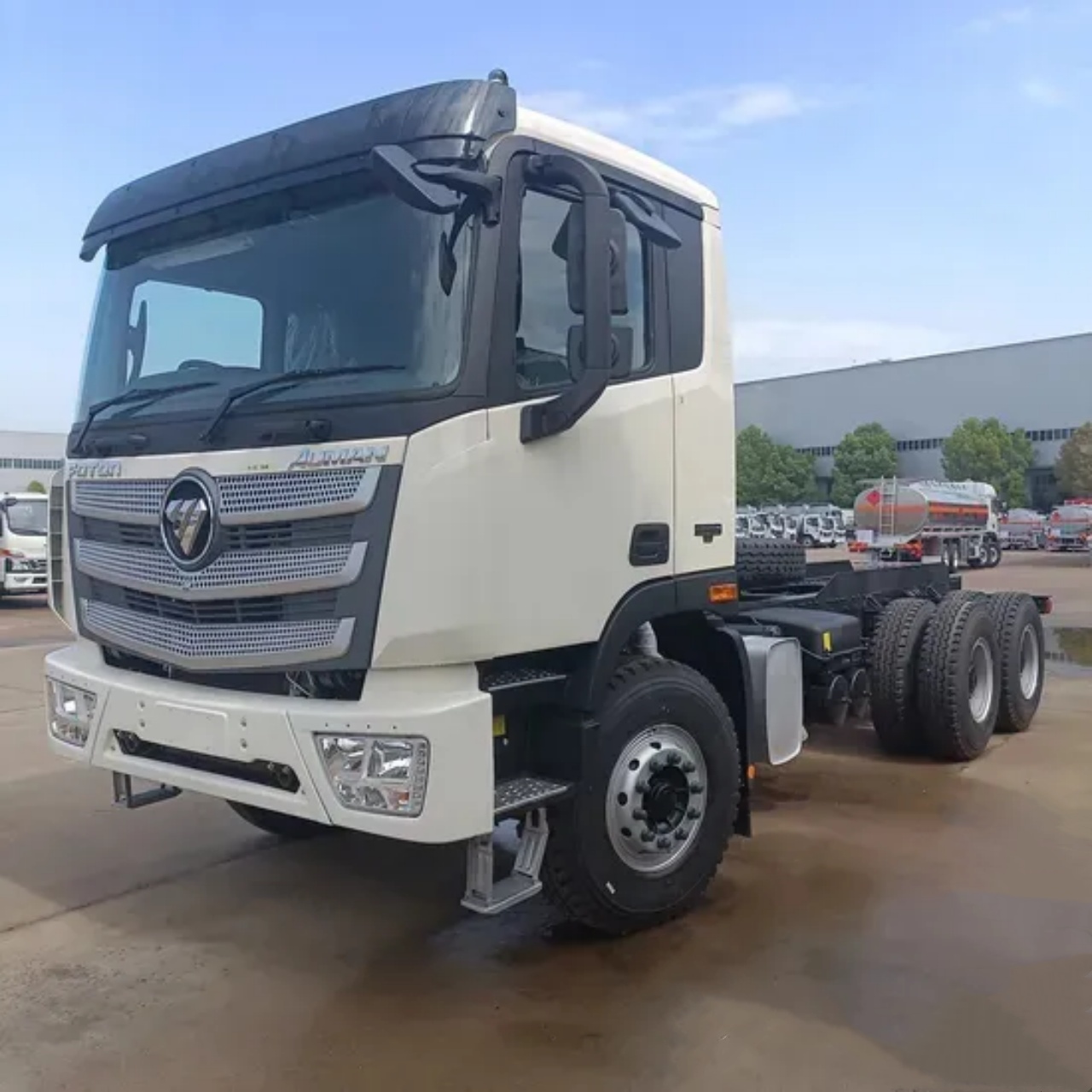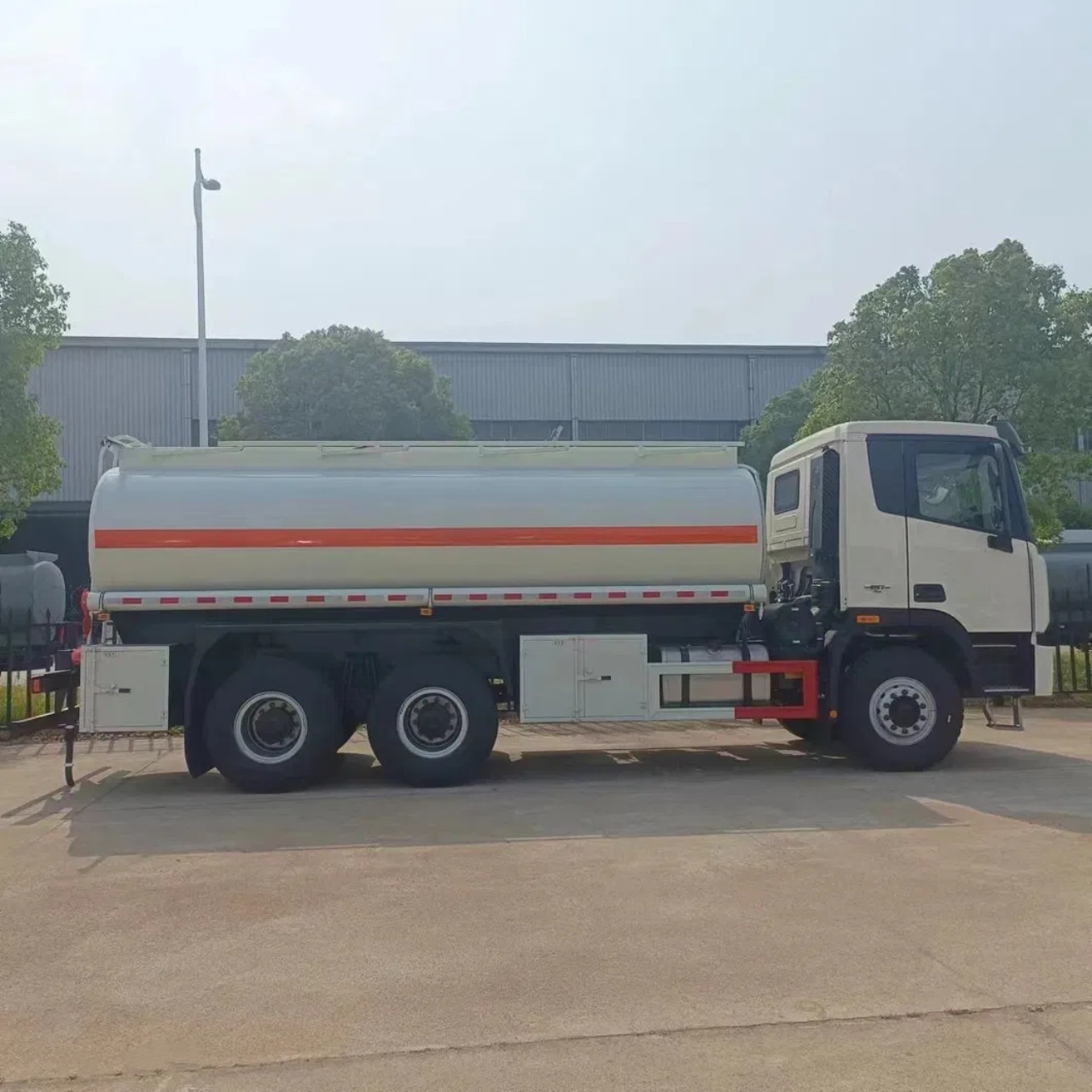Diesel bowsers, also known as fuel bowsers or mobile fuel tanks, are essential equipment in various industries such as construction, agriculture, mining, and logistics. They enable the safe and efficient transport and dispensing of diesel fuel directly to vehicles, machinery, or equipment operating on remote or large job sites. If you’re new to handling diesel bowsers, it’s critical to understand the correct operational procedures, safety measures, and maintenance practices. This guide will walk you through everything you need to know about using a diesel bowser effectively and safely.
What Is a Diesel Bowser?
A diesel bowser is a mobile or towable tank designed specifically for storing and transporting diesel fuel. They are typically mounted on trailers, trucks, or skids and come equipped with a pump, hose, nozzle, and sometimes meters and filters. Diesel bowsers can range in capacity from a few hundred liters to several thousand liters and are constructed with robust materials to withstand the demands of fieldwork.
Step-by-Step Guide on How to Use a Diesel Bowser
1. Understanding the Equipment
Before you begin operating a diesel bowser, it’s essential to familiarize yourself with its components:
- Fuel Tank: The main body that holds the diesel.
- Fuel Pump: Often powered by electricity or a small engine; used to draw diesel from the tank.
- Hose and Nozzle: For transferring diesel to the receiving vehicle or equipment.
- Flow Meter (optional): Measures the volume of fuel dispensed.
- Vent and Breather Valves: Prevent pressure build-up.
- Locking Mechanisms and Covers: Protect the diesel and equipment from theft and contamination.
Read the manufacturer’s manual thoroughly. Each model may have specific operational protocols.
2. Positioning and Securing the Bowser
Choose a stable and level surface to park the bowser. If it’s a towable or truck-mounted unit, ensure the vehicle is securely parked with the brakes engaged. For safety, place wheel chocks under the tires to prevent movement.
Keep the bowser away from open flames, heat sources, or ignition points. Ideally, the fueling area should be well-ventilated and clear of unnecessary personnel.
3. Inspecting the Diesel Bowser
Before use, carry out a pre-operational inspection:
- Check for Leaks: Inspect hoses, valves, and the tank body for any diesel leaks.
- Fuel Level: Ensure there’s sufficient diesel in the tank for your needs.
- Pump and Electrical Components: Make sure the fuel pump is functioning correctly, and any power supply (battery or electric hookup) is operational.
- Safety Features: Confirm the presence of fire extinguishers, spill kits, and warning signs.
Address any issues before proceeding to ensure safe operation.
4. Dispensing Diesel
To dispense diesel from a bowser:
- Turn on the Pump: Activate the pump using the switch or ignition system.
- Ground the Equipment (if applicable): Some operations, especially on large construction sites, require grounding to prevent static electricity buildup.
- Extend the Hose: Uncoil the hose and securely insert the nozzle into the fuel tank of the receiving equipment or vehicle.
- Operate the Nozzle: Squeeze the handle to begin fueling. Many nozzles have an automatic shut-off to prevent overfilling.
- Monitor Fuel Flow: If the bowser is equipped with a meter, watch the flow rate and total dispensed.
- Stop Dispensing: Release the nozzle handle once fueling is complete or when the desired amount is reached.
- Retract the Hose: Coil it neatly and store it in its designated holder.
Always remain present while dispensing to respond immediately in case of a spill or emergency.
5. After Dispensing: Safety and Shutdown
- Turn Off the Pump: Immediately shut down the pump once fueling is finished.
- Check for Spills: Clean up any minor spills using an absorbent pad or spill kit.
- Lock and Secure: Close any tank access points, lock storage compartments, and secure the nozzle.
- Record-Keeping: Note the amount of diesel dispensed, to which vehicle or machine, and by whom—especially important for fleet or site fuel management.
6. Transportation and Mobility
If the bowser is mobile, ensure it complies with local road safety and transport regulations:
- Check Tow Connections: If trailer-mounted, ensure proper coupling, lighting connections, and brake system readiness.
- Observe Weight Limits: Do not exceed the maximum allowable weight, including the diesel load.
- Transport Safely: Drive cautiously, especially on uneven terrain or slopes, to prevent tipping or spillage.
Safety Precautions When Using Diesel Bowsers
Diesel, although less volatile than gasoline, still presents fire, environmental, and health hazards. Here are key safety tips:
- Wear PPE: Use gloves, eye protection, and non-slip footwear.
- No Smoking: Keep the fueling area a smoke-free zone.
- Use Spill Kits: Have spill containment materials on hand.
- Keep Fire Extinguishers Ready: A dry chemical fire extinguisher should always be nearby.
- Training: Only trained and authorized personnel should operate the bowser.
- Labeling: Ensure the tank is marked with “DIESEL – FLAMMABLE” labels and hazard warnings.
Maintenance and Storage
Regular maintenance ensures the bowser remains reliable and safe:
- Clean Filters: Periodically replace fuel filters to maintain flow and fuel quality.
- Inspect Hoses: Replace worn or cracked hoses to prevent leaks.
- Drain Water: Diesel tanks can accumulate condensation—drain water separators as needed.
- Store Safely: If not in use for long periods, store the bowser in a secure, shaded area, and empty the tank if required by regulations.
Legal and Regulatory Compliance
Depending on your region or industry, using a diesel bowser may be subject to regulations:
- Environmental Laws: Rules about fuel storage, spill containment, and waste disposal.
- Transportation Codes: Restrictions on moving hazardous liquids.
- Workplace Safety: Compliance with OSHA, HSE, or local workplace safety standards.
- Tank Certification: Ensure your bowser is certified and inspected per local laws.
Always consult with regulatory bodies or safety officers to stay compliant.
Conclusion
Using a diesel bowser isn’t just about pumping fuel—it’s about doing so safely, efficiently, and responsibly. From pre-use inspection to secure fueling, from transport regulations to safety protocols, each step matters in ensuring smooth operation and compliance. With proper training, regular maintenance, and an eye on safety, a diesel bowser becomes an indispensable tool on any job site. Whether you’re fueling tractors on a farm or loaders in a quarry, mastering your diesel bowser use will save time, reduce risk, and keep your operations moving forward.





